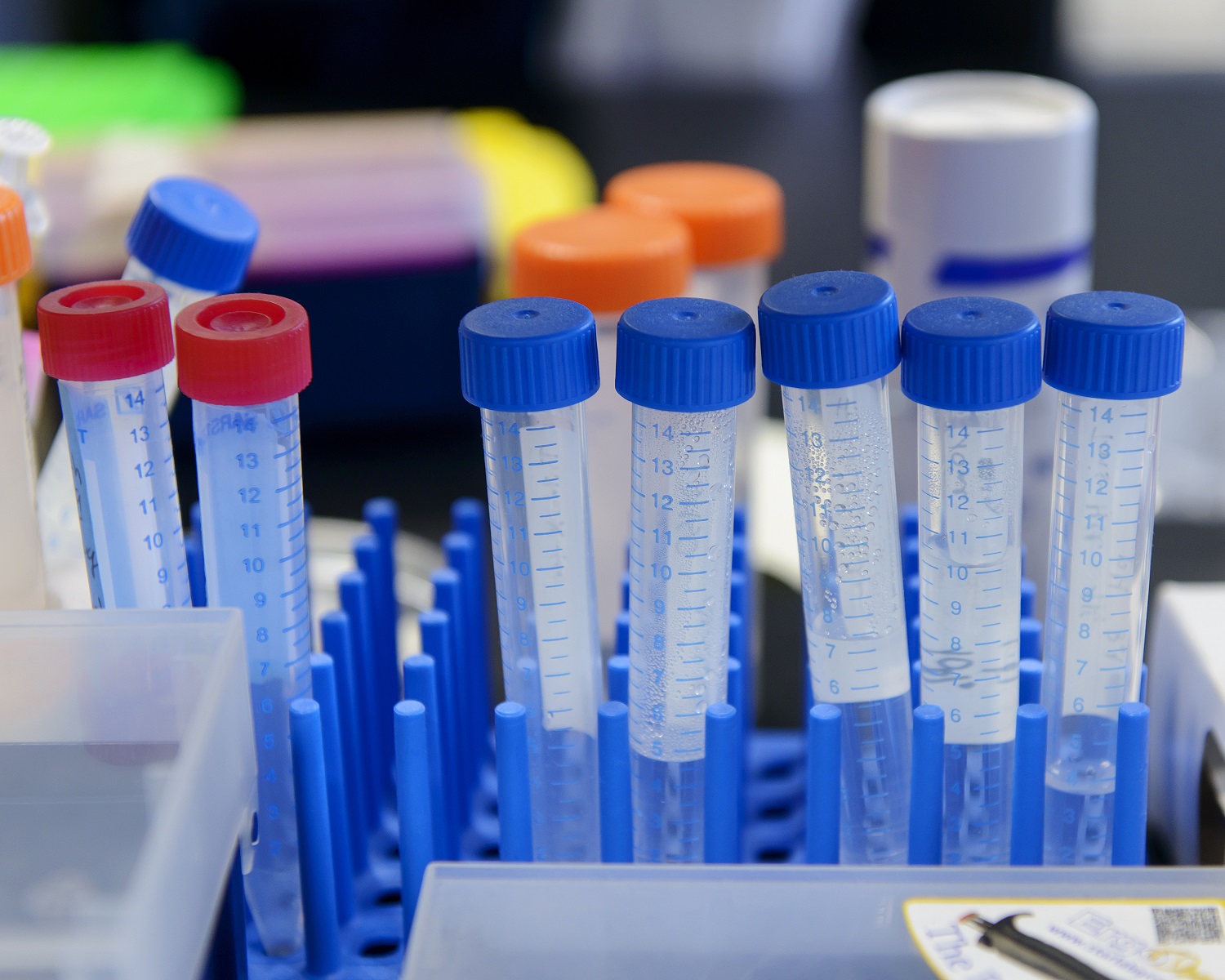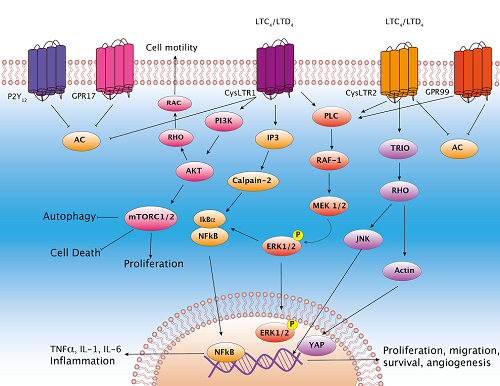
About the project
CRYSTAL3 is an international consortium (12 members in 8 countries, led by University College Dublin) funded by EU Horizon 2020 (GA 101007931) with €887,800 to investigate CysLTs, a relatively unexplored cellular signalling pathway found across a range of human diseases.

About the Project
CRYSTAL3 investigates a relatively unexplored cellular signalling pathway, seen across a range of human diseases. Central to this pathway are powerful molecules called cysteinyl leukotrienes (CysLTs) that are involved in the process of inflammation – the body’s response to fight injury or pathogens. Currently, drugs targeting CysLT receptors are only prescribed to treat airway inflammation. Although CysLT signalling receptors are found widely in the body (e.g. lungs, colorectum, heart, brain, eye), there is not much known about their role and therapeutic potential in cancer, cardiovascular and other diseases involving the eye and central nervous system.
Relevance of Ocular & CNS Dysfunction. Vision is significant at each life stage, impacting education, employment and recreation. 80% of learning is achieved by vision. The World Economic Forum reports 2.5 billion people suffer vision impairment. The World Health Organization (WHO) lists poor vision among the top disabilities in the world. Poor vision is associated with lower socio-economic status, higher unemployment, gender (more prevalent in women) and age. Ocular disease place a direct economic burden on European countries of ~€20 billion. The economic impact of brain disorders in Europe is ~€800 billion annually. These account for ~30% of overall disease burden in Europe and ~80% of non-communicable diseases. Prevalent conditions include neurodegeneration and dementia. There is a paucity of effective treatments for neuroinflammatory and neurodegenerative diseases.
Relevance of Cancer. GLOBOCAN estimated 20 million new cases and 10 million cancer deaths in 2020. As cancer incidence and mortality grow, global cancer control is a priority. The WHO estimates cancer is responsible for 1 in 6 deaths, and incidence will grow to 29 million by 2040. In Europe, cancer healthcare costs ~€57 billion and productivity losses due to morbidity and death are ~€10 & ~€47 billion annually, respectively. CRYSTAL3 relevant cancers, with dismal prognoses include oesophageal, uveal melanoma (watch animation below), gastric, ovarian, lung and colorectal cancer.
Relevance of CV Disease. Cardiovascular diseases (CVD), culminating in heart failure, are the main cause of death worldwide; predicted to kill 23.6 million people by 2030. Heart failure affects 15 million people in Europe. Associated worldwide healthcare costs are ~€100 billion annually. The most common CVD is coronary artery disease (CAD) inducing myocardial infarction caused by atherosclerosis. Diabetes-associated hyperglycaemia and oxidative stress contribute to accelerated atherosclerosis. Macrovascular complications of Diabetes Mellitus (DM) are the primary cause of morbidity and mortality. More than 60% of T2DM patients die of CVD. Preventing cardiac complications in patients with diabetes mellitus and preventing ischemic injury and heart failure is critical.
The CRYSTAL3 consortium will determine how CysLT signalling links to these diseases, to then explore potential targeted therapies and how any products and services co-developed can be commercialised.
